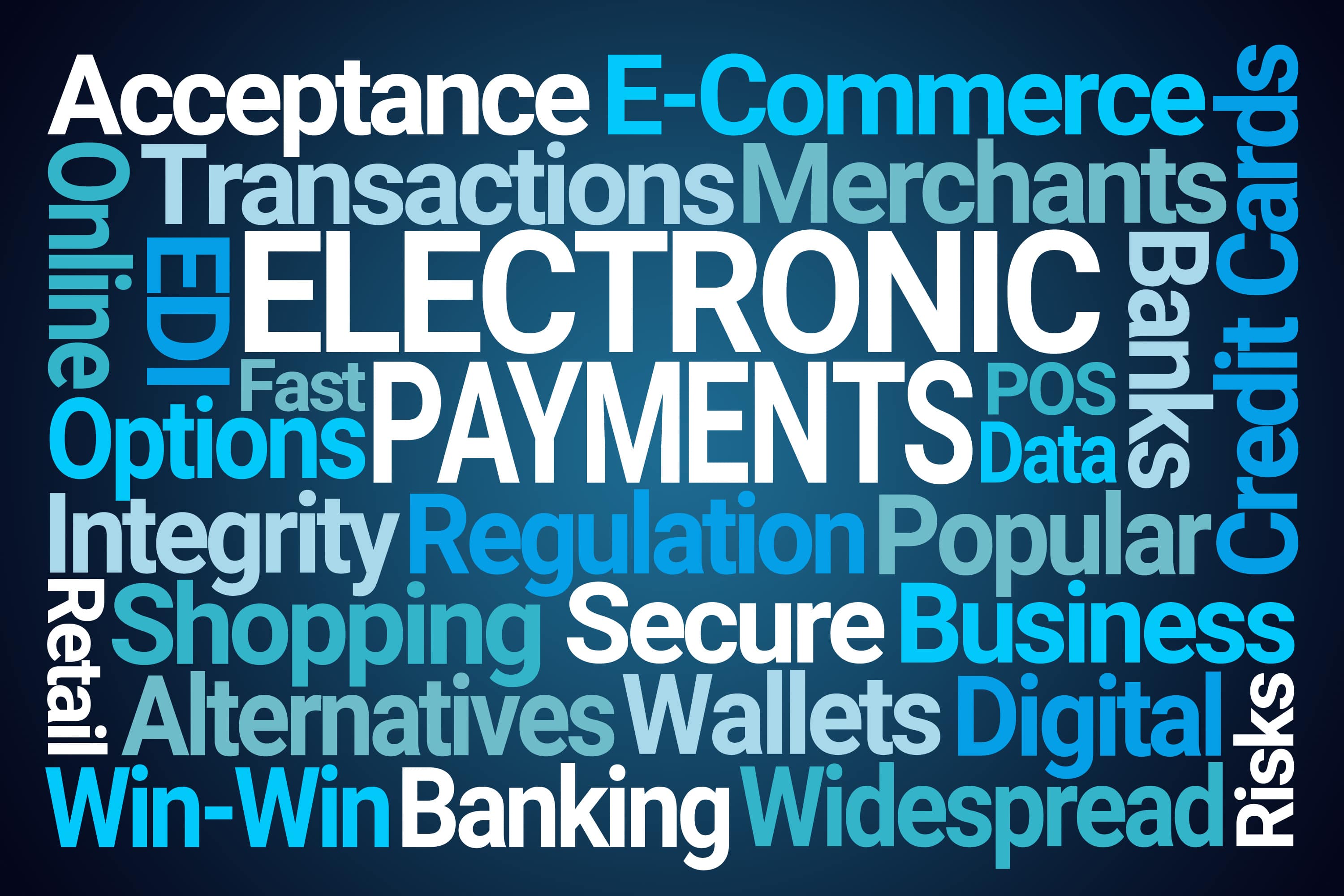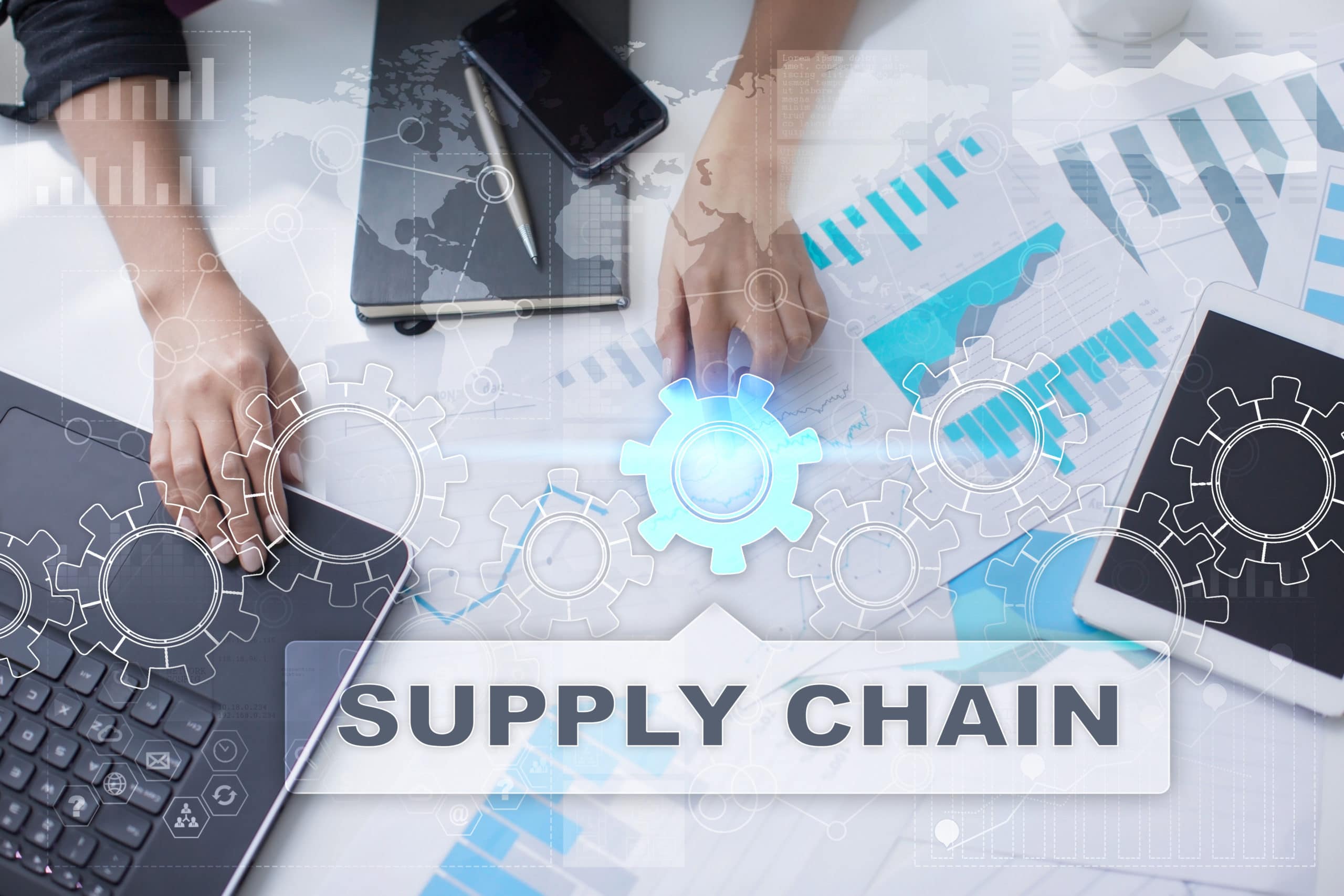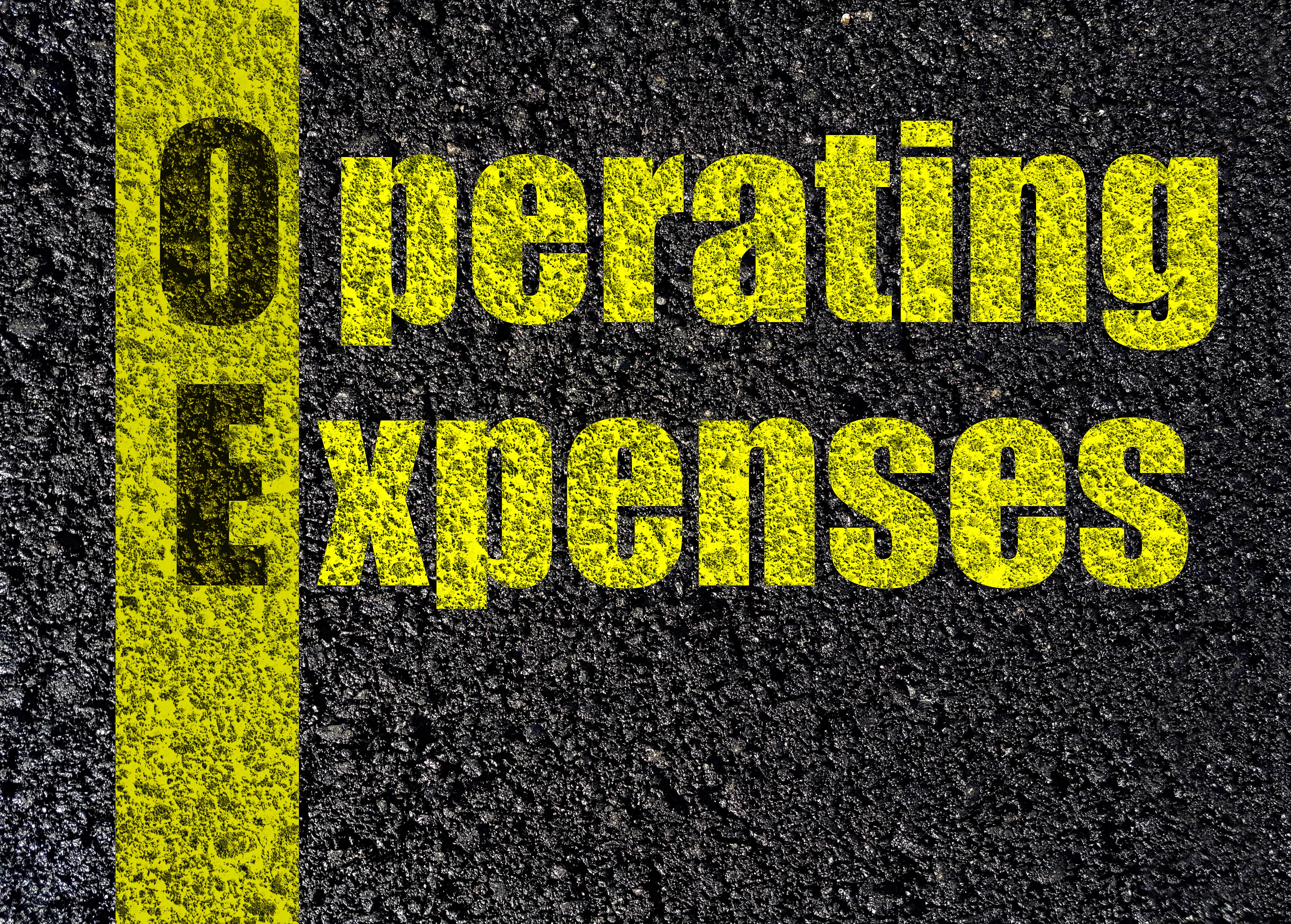
There are many electronic data interchange (EDI) transaction codes that relate to business documents, such as invoices and purchase orders. These can be exchanged with your trading partners or other third parties using EDI. Most EDI partners support the EDI transaction codes you need, including codes that are defined by the ANSI ASC X12 standard for EDI.
There’s a wide range of categories that ANSI ASC X12 EDI standard use, including;
- Order and Financial Series
- Transportation Air and Motor Series (TAM)
- Transportation Ocean Series (TOS)
- Transportation Rail Series (TRS)
- Warehousing Series (WAR)
EDI Transaction Codes – List of EDI Code Types
There’s many ways EDI transactions can impact a company’s business. At the front and most importantly, a company and their trading partner will need to agree on which EDI transaction standards are needed to support operative communication.
EDI codes can vary based on the industry you use, this includes transportation & logistics EDI codes, manufacturing & retail EDI codes, finance EDI codes, government EDI codes, healthcare & insurance EDI codes and others.
Transportation and Logistics
EDI 104: Air Shipment Information
EDI 106: Motor Carrier Rate Proposal
EDI 107: Request for Motor Carrier Rate Proposal
EDI 108: Response to a Motor Carrier Rate Proposal
EDI 109: Vessel Content Details
EDI 110: Air Freight Details and Invoice
EDI 120: Vehicle Shipping Order
EDI 121: Vehicle Service
EDI 125: Multilevel Railcar Load Details
EDI 126: Vehicle Application Advice
EDI 127: Vehicle Baying Order
EDI 128: Dealer Information
EDI 129: Vehicle Carrier Rate Update
EDI 160: Transportation Automatic Equipment Identification
EDI 161: Train Sheet
EDI 163: Transportation Appointment Schedule Information
EDI 204: Motor Carrier Load Tender
EDI 210: Motor Carrier Freight Details and Invoice
EDI 211: Motor Carrier Bill of Lading
EDI 212: Motor Carrier Delivery Trailer Manifest
EDI 213: Motor Carrier Shipment Status Inquiry
EDI 214: Transportation Carrier Ship. Status Message
EDI 215: Motor Carrier Pick-up Manifest
EDI 216: Motor Carrier Shipment Pick-up Notification
EDI 217: Motor Carrier Loading and Route Guide
EDI 219: Logistics Service Request
EDI 220: Logistics Service Response
EDI 222: Cartage Work Assignment
EDI 223: Consolidators Freight Bill and Invoice
EDI 224: Motor Carrier Summary Freight Bill Manifest
EDI 225: Response to a Cartage Work Assignment
EDI 227: Trailer Usage Report
EDI 228: Equipment Inspection Report
EDI 240: Motor Carrier Package Status
EDI 250: Purchase Order Shipment Management Document
EDI 300: Reservation (Booking Request) (Ocean)
EDI 301: Confirmation (Ocean)
EDI 303: Booking Cancellation (Ocean)
EDI 304: Shipping Instructions
EDI 309: Customs Manifest
EDI 310: Freight Receipt and Invoice (Ocean)
EDI 311: Canada Customs Information
EDI 312: Arrival Notice (Ocean)
EDI 313: Shipment Status Inquiry (Ocean)
EDI 315: Status Details (Ocean)
EDI 317: Delivery/Pickup Order
EDI 319: Terminal Information
EDI 322: Terminal Operations and Intermodal Ramp Activity
EDI 323: Vessel Schedule and Itinerary (Ocean)
EDI 324: Vessel Stow Plan (Ocean)
EDI 325: Consolidation of Goods in Container
EDI 326: Consignment Summary List
EDI 350: Customs Status Information
EDI 352: U.S. Customs Carrier General Order Status
EDI 353: Customs Events Advisory Details
EDI 354: U.S. Customs Auto. Manifest Archive Status
EDI 355: U.S. Customs Acceptance/Rejection
EDI 356: U.S. Customs Permit to Transfer Request
EDI 357: U.S. Customs In-Bond Information
EDI 358: Customs Consist Information
EDI 359: Customs Customer Profile Management
EDI 361: Carrier Interchange Agreement (Ocean)
EDI 404: Rail Carrier Shipment Information
EDI 410: Rail Carrier Freight Details and Invoice
EDI 412: Trailer or Container Repair Billing
EDI 414: Rail Carhire Settlements
EDI 417: Rail Carrier Waybill Interchange
EDI 418: Rail Advance Interchange Consist
EDI 419: Advance Car Disposition
EDI 420: Car Handling Information
EDI 421: Estimated Time of Arrival & Car Scheduling
EDI 422: Equipment Order
EDI 423: Rail Industrial Switch List
EDI 424: Rail Carrier Services Settlement
EDI 425: Rail Waybill Request
EDI 426: Rail Revenue Waybill
EDI 429: Railroad Retirement Activity
EDI 431: Railroad Station Master File
EDI 432: Rail Deprescription
EDI 433: Railroad Reciprocal Switch File
EDI 434: Railroad Mark Register Update Activity
EDI 435: Standard Transportation Commodity Code Master
EDI 436: Locomotive Information
EDI 437: Railroad Junctions & Interchanges Activity
EDI 440: Shipment Weights
EDI 451: Railroad Event Report
EDI 452: Railroad Problem Log Inquiry or Advice
EDI 453: Railroad Service Commitment Advice
EDI 455: Railroad Parameter Trace Registration
EDI 456: Railroad Equipment Inquiry or Advice
EDI 460: Railroad Price Distribution Request or Response
EDI 463: Rail Rate Reply
EDI 466: Rate Request
EDI 468: Rate Docket Journal Log
EDI 470: Railroad Clearance
EDI 475: Rail Route File Maintenance
EDI 485: Ratemaking Action
EDI 486: Rate Docket Expiration
EDI 490: Rate Group Definition
EDI 492: Miscellaneous Rates
EDI 494: Rail Scale Rates
EDI 601: U.S. Customs Export Shipment Information
EDI 603: Transportation Equipment Registration
EDI 715: Intermodal Group Loading Plan
EDI 854: Shipment Delivery Discrepancy Info.
EDI 858: Shipment Information
EDI 859: Freight Invoice
EDI 920: Loss or Damage Claim: Gen. Commodities
EDI 924: Loss or Damage Claim: Motor Vehicle
EDI 925: Claim Tracer
EDI 926: Claim Status Report and Tracer Reply
EDI 928: Automotive Inspection Detail
EDI 980: Functional Group Totals
EDI 990: Response to a Load Tender
EDI 998: Set Cancellation
Manufacturing and Retail
EDI 101: Name and Address Lists
EDI 140: Product Registration
EDI 141: Product Service Claim Response
EDI 142: Product Service Claim
EDI 143: Product Service Notification
EDI 159: Motion Picture Booking Confirmation
EDI 170: Revenue Receipts Statement
EDI 180: Return Merchandise Authorization & Notification
EDI 244: Product Source Information
EDI 290: Cooperative Advertising Agreements
EDI 503: Pricing History
EDI 504: Clauses and Provisions
EDI 620: Excavation Communication
EDI 625: Well Information
EDI 753: Request For Routing Instructions
EDI 754: Routing Instructions
EDI 816: Organizational Relationships
EDI 818: Commission Sales Report
EDI 830: Planning Schedule w/ Release Capability
EDI 832: Price/Sales Catalog
EDI 840: Request for Quotation
EDI 841: Specifications/Technical Information
EDI 842: Nonconformance Report
EDI 843: Response to Request for Quotation
EDI 845: Price Authorization Acknowledgment/Status
EDI 846: Inventory Inquiry/Advice
EDI 847: Material Claim
EDI 848: Material Safety Data Sheet
EDI 850: Purchase Order
EDI 851: Asset Schedule
EDI 852: Product Activity Data
EDI 853: Routing and Carrier Instruction
EDI 855: Purchase Order Acknowledgment
EDI 856: Ship Notice/Manifest
EDI 857: Shipment and Billing Notice
EDI 860: Purchase Order Change Request: Buyer Initiated
EDI 861: Receiving Advice/Acceptance Certificate
EDI 862: Shipping Schedule
EDI 863: Report of Test Results
EDI 865: Purchase Order Change Acknowledgment/Request: Seller Initiated
EDI 866: Production Sequence
EDI 867: Product Transfer and Resale Report
EDI 869: Order Status Inquiry
EDI 870: Order Status Report
EDI 873: Commodity Movement Services
EDI 874: Commodity Movement Services Response
EDI 875: Grocery Products Purchase Order
EDI 876: Grocery Products Purchase Order Change
EDI 877: Manufacturer Coupon Family Code Structure
EDI 878: Product Authorization/De-authorization
EDI 879: Price Information
EDI 881: Manufacturer Coupon Redemption Detail
EDI 882: Direct Store Delivery Summary Information
EDI 883: Market Development Fund Allocation
EDI 884: Market Development Fund Settlement
EDI 885: Retail Account Characteristics
EDI 886: Customer Call Reporting
EDI 887: Coupon Notification
EDI 888: Item Maintenance
EDI 889: Promotion Announcement
EDI 890: Contract & Rebate Management
EDI 891: Deduction Research Report
EDI 893: Item Information Request
EDI 894: Delivery/Return Base Record
EDI 895: Delivery/Return Acknowledgment or Adjustment
EDI 896: Product Dimension Maintenance
EDI 940: Warehouse Shipping Order
EDI 943: Warehouse Stock Transfer Shipment Advice
EDI 944: Warehouse Stock Transfer Receipt Advice
EDI 945: Warehouse Shipping Advice
EDI 947: Warehouse Inventory Adjustment Advice
Finance
EDI 130: Student Educational Record (Transcript)
EDI 131: Student Educational Record (Transcript) Acknowledgment
EDI 132: Human Resource Information
EDI 133: Educational Institution Record
EDI 135: Student Aid Origination Record
EDI 138: Education Testing and Prospect Request and Report
EDI 139: Student Loan Guarantee Result
EDI 144: Student Loan Transfer and Status Verification
EDI 146: Request for Student Educational Record (Transcript)
EDI 147: Response to Request for Student Educational Record (Transcript)
EDI 155: Business Credit Report
EDI 188: Educational Course Inventory
EDI 189: Application for Admission to Educational Institutions
EDI 190: Student Enrollment Verification
EDI 191: Student Loan Pre-Claims and Claims
EDI 197: Real Estate Title Evidence
EDI 198: Loan Verification Information
EDI 199: Real Estate Settlement Information
EDI 200: Mortgage Credit Report
EDI 201: Residential Loan Application
EDI 202: Secondary Mortgage Market Loan Delivery
EDI 203: Secondary Mortgage Market Investor Report
EDI 205: Mortgage Note
EDI 206: Real Estate Inspection
EDI 245: Real Estate Tax Service Response
EDI 248: Account Assignment/Inquiry & Service/Status
EDI 259: Residential Mortgage Insurance Explanation of Benefits
EDI 260: Application for Mortgage Insurance Benefits
EDI 261: Real Estate Information Request
EDI 262: Real Estate Information Report
EDI 263: Residential Mortgage Insurance Application Response
EDI 264: Mortgage Loan Default Status
EDI 265: Real Estate Title Insurance Services Order
EDI 266: Mortgage or Property Record Change Notification
EDI 810: Invoice
EDI 811: Consolidated Service Invoice/Statement
EDI 812: Credit/Debit Adjustment
EDI 814: General Request, Response or Confirmation
EDI 819: Joint Interest Billing and Operating Expense Statement
EDI 820: Payment Order/Remittance Advice
EDI 821: Financial Information Reporting
EDI 822: Account Analysis
EDI 823: Lockbox
EDI 824: Application Advice
EDI 827: Financial Return Notice
EDI 828: Debit Authorization
EDI 829: Payment Cancellation Request
EDI 831: Application Control Totals
EDI 833: Mortgage Credit Report Order
EDI 844: Product Transfer Account Adjustment
EDI 849: Response to Product Transfer Account Adjustment
EDI 872: Residential Mortgage Insurance Application
EDI 880: Grocery Products Invoice
Communications and Controls
EDI 102: Associated Data
EDI 242: Data Status Tracking
EDI 815: Cryptographic Service Message
EDI 864: Text Message
EDI 868: Electronic Form Structure
EDI 993: Secured Receipt or Acknowledgment
EDI 997: Functional Acknowledgment
EDI 999: Implementation Acknowledgment
Government
EDI 103: Abandoned Property Filings
EDI 105: Business Entity Filings
EDI 113: Election Campaign & Lobbyist Reporting
EDI 149: Notice of Tax Adjustment or Assessment
EDI 150: Tax Rate Notification
EDI 151: Electronic Filing of Tax Return Data Acknowledgment
EDI 152: Statistical Government Information
EDI 153: Unemployment Insurance Tax Claim or Charge Information
EDI 154: Secured Interest Filing
EDI 157: Notice of Power of Attorney
EDI 158: Tax Jurisdiction Sourcing
EDI 175: Court and Law Enforcement Notice
EDI 176: Court Submission
EDI 179: Environmental Compliance Reporting
EDI 185: Royalty Regulatory Report
EDI 194: Grant or Assistance Application
EDI 195: Federal Communications Commission (FCC) License Application
EDI 196: Contractor Cost Data Reporting
EDI 249: Animal Toxicological Data
EDI 251: Pricing Support
EDI 280: Voter Registration Information
EDI 283: Tax or Fee Exemption Certification
EDI 284: Commercial Vehicle Safety Reports
EDI 285: Commercial Vehicle Safety and Credentials Information Exchange
EDI 286: Commercial Vehicle Credentials
EDI 288: Wage Determination
EDI 500: Medical Event Reporting
EDI 501: Vendor Performance Review
EDI 511: Requisition
EDI 517: Material Obligation Validation
EDI 521: Income or Asset Offset
EDI 527: Material Due-In and Receipt
EDI 536: Logistics Reassignment
EDI 540: Notice of Employment Status
EDI 561: Contract Abstract
EDI 567: Contract Completion Status
EDI 568: Contract Payment Management Report
EDI 650: Maintenance Service Order
EDI 805: Contract Pricing Proposal
EDI 806: Project Schedule Reporting
EDI 813: Electronic Filing of Tax Return Data
EDI 826: Tax Information Exchange
EDI 836: Procurement Notices
EDI 838: Trading Partner Profile
EDI 839: Project Cost Reporting
EDI 996: File Transfer
Healthcare and Insurance
EDI 100: Insurance Plan Description
EDI 111: Individual Insurance Policy & Client Info.
EDI 112: Property Damage Report
EDI 124: Vehicle Damage
EDI 148: Report of Injury, Illness, or Incident
EDI 186: Insurance Underwriting Requirements Reporting
EDI 187: Premium Audit Request and Return
EDI 252: Insurance Producer Administration
EDI 255: Underwriting Information Services
EDI 256: Periodic Compensation
EDI 267: Individual Life Annuity & Disability Application
EDI 268: Annuity Activity
EDI 269: Health Care Benefit Coordination Verification
EDI 270: Eligibility, Coverage or Benefit Inquiry
EDI 271: Eligibility, Coverage or Benefit Information
EDI 272: Property and Casualty Loss Notification
EDI 273: Insurance/Annuity Application Status
EDI 274: Health Care Provider Information
EDI 275: Patient Information
EDI 276: Health Care Claim Status Request
EDI 277: Health Care Information Status Notification
EDI 278: Health Care Services Review Information
EDI 362: Cargo Insurance Advice of Shipment
EDI 834: Benefits Enrollment and Maintenance
EDI 835: Health Care Claim Payment/Advice
EDI 837: Health Care Claim








